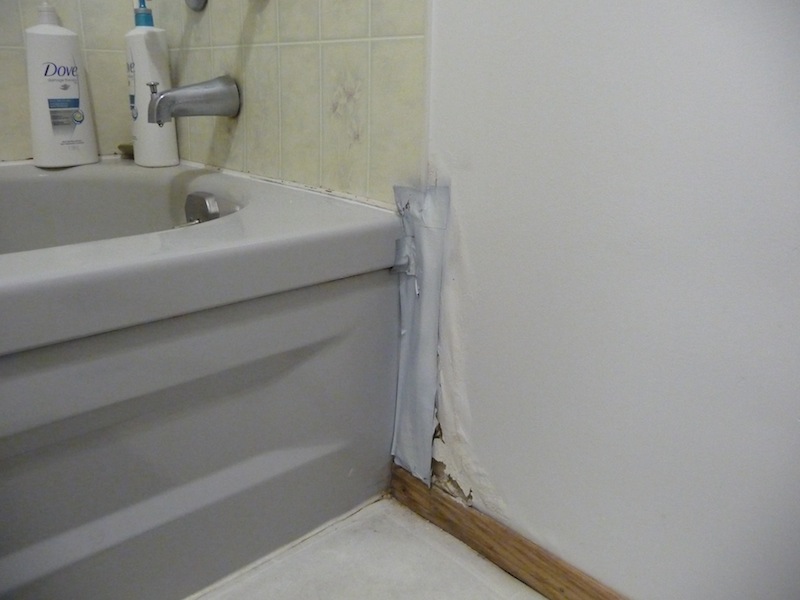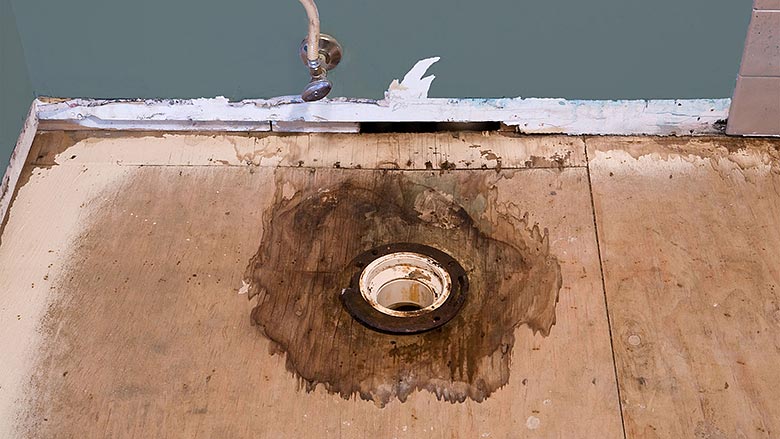What're your thoughts on How to Repair and Prevent Bathroom Water Damage?

The bathroom is exceptionally prone for moist buildup as well as potential water damages because of the constant use water in it. This short article offers straightforward assessment methods to help discovering water damage threats.
The frequent use water in the restroom makes it exceptionally susceptible for wet build-up and also potential water damages. By inspecting it on a regular basis, you can lower water associated problems.
The following collection of evaluations is very easy to perform as well as should be done when in every 3 months in order to keep your restroom healthy and also to avoid prospective water problems caused by the tub, the shower, pipeline joints and plumbing, sinks, cupboards, as well as the commode
Do not neglect doing these evaluations and also be comprehensive while executing them. Bear in mind that these easy inspections can conserve you a great deal of money by offering very early indicators for water damages
Sinks as well as Cabinets
Sinks as well as cupboards are exposed to moisture and humidity day-to-day and also are usually overlooked. Inspect regularly under the sink and on the countertop over it. Fix any type of drip in the trap as it may suggest drain issues. Check out the sink, slow-moving draining pipes may indicate a blocked drain. Replace sink seals if they are broken or loosened.
Tub as well as Shower
The shower as well as tub need unique focus and also upkeep. Examine the floor tiles and also change if cracked. Make certain that there is no missing grout between the tiles. Inspect and also change split caulking at joints where the walls meet the floor or the bath tub. Blocked drains as well as pipes troubles will certainly stop the bathtub from drying out as well as may indicate serious troubles underneath the tub. Consult with a specialist quickly to avoid structural damages. Take notice of stainings or soft areas around the bath tub wall surfaces as they may indicate an inner leakage.
Plumbing
Signs for water damage are tough to discover since a lot of pipelines are installed inside the wall surfaces.
Pay unique interest to floor covering and wall surfaces moisture as well as discolorations as they might indicate an unnoticeable plumbing problem. Inspect moisture degrees in adjacent spaces too.
The Bathroom
The toilet is a susceptible water joint. Check the water lines as well as search for leaks around the bathroom seat, in the tube, and under the water tank. If you detect any kind of indications of moisture on the flooring around the bathroom, look for leaks in the toilet edge as well as tank seals.
Be aware that hanging commode dish deodorants enhances the chances for obstructions.
Water Damage Signs In The Bathroom To Avoid Cleanup
Musty smell
This is one of the easiest signs to catch because musty smells are so odorous. The damp, earthy, moldy smell should be a big red flag. The smell will develop when moisture gets trapped in surfaces, and begins to facilitate mold growth. Leaking pipes under cabinets, inside walls, and behind shower fixtures will cause moisture to stay trapped and not dry, which will lead to mold growth and spread. As soon as you notice any musty smells in your bathroom, have it checked for hidden water damage and cleanup signs.
Visible mold
If the smell isn’t there to give it away, sometimes you will actually see mold growth. Finding mold in your bathroom is a serious problem, because mold is very harmful to your health. By the time mold growth is visible, it also means that water damage has already occurred and been present for some time. The only way the mold problem can be resolved is to find the source of the moisture and get it stopped. To safely and adequately remove mold, you need to have professionals handle the remediation. Do not waste any time in getting mold problems addressed, fixed, and sanitized so that you can protect you and your family from the many respiratory symptoms caused by mold exposure.
Damaged floors
Bathroom floors should be able to withstand some exposure to water while still remaining in good condition. However, when excess exposure or water leaks occur, they will begin to damage even the most water-resistant flooring. If you notice any cracking, bubbling, staining, or warping on your bathroom floors, there is probably a water leak somewhere causing the distortion. If you notice areas of the floor have become softer, or even have a spongy feeling, there is probably damage to the subfloor. Subflooring is typically made up of plywood. When plywood is exposed to water or moisture, it will absorb it. Once it has become saturated, the weight of the excess water will cause the wood to swell and soften. Check the floors in your bathroom frequently to catch any of these sings before they lead to damaged subflooring.
Changes on walls
When water leaks behind walls, it will cause changes in the drywall. Peeling plaster, blistering paint, and soggy wallpaper are all good indicators that excess water is building up behind the wall. Water leaking behind drywall will cause it to swell and be soft to the tough. If you start to notice gaps along the trim of your walls, or where tile meets the wall, it could also be a strong indicator that there is a leak behind the wall. Any changes, distortion, or damage on the walls should be evaluated as soon as you notice it to prevent further water damage and cleanup.

We had been made aware of that report about Looking for Signs of Water Damage in the Bathroom through someone on our other site. Loved our blog entry? Please share it. Help another person find it. We cherish reading our article about Preventing Water Damage in the Bathroom.
Details